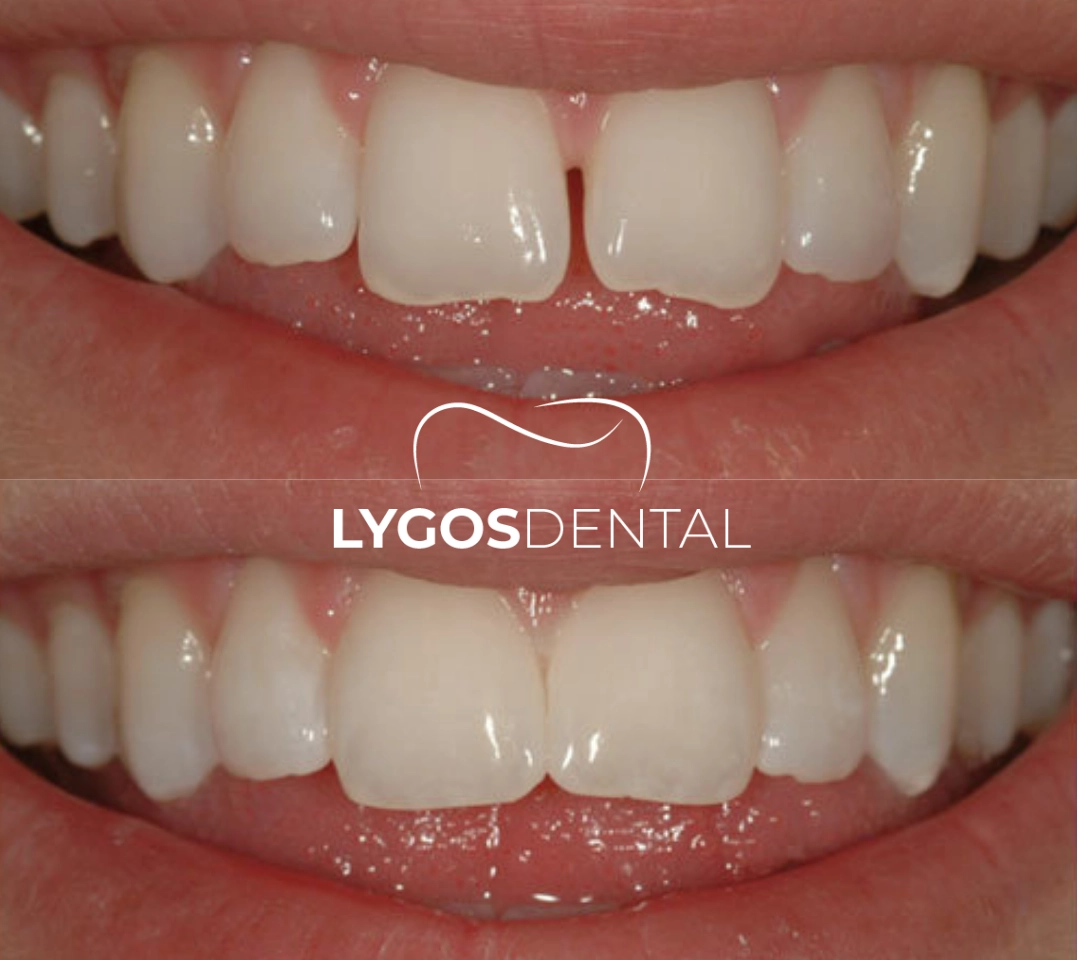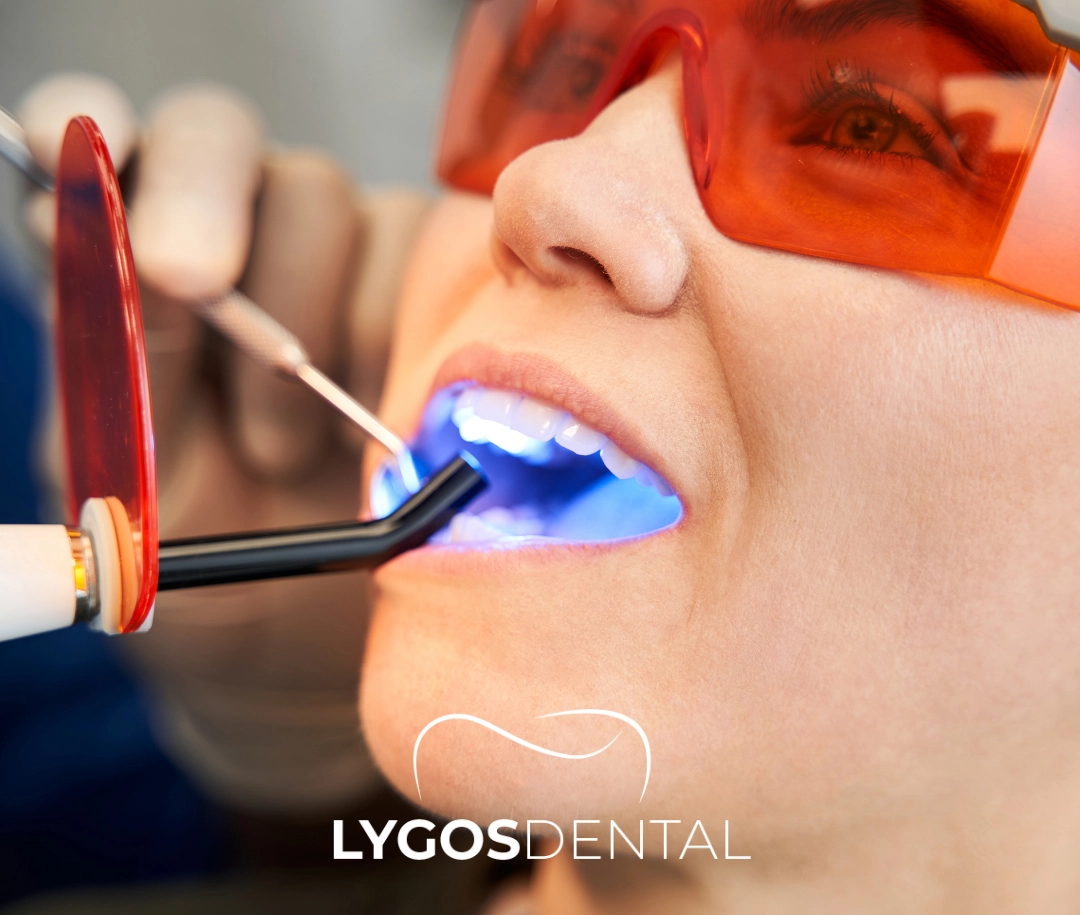
Night Toothache Relief: Easy Drug-Free Solutions That Actually Help
So, how does tooth loss affect speech? In this article, we will examine in detail the effects of tooth loss on speech, potential consequences,
The process of applying a composite filling involves the meticulous layering of resin material directly onto the affected tooth. Each layer of composite resin is carefully applied and hardened using a special light-curing device, ensuring a strong bond and a durable repair. This step-by-step application allows for precise sculpting and shaping of the filling to match the tooth’s natural contours. As a result, composite fillings not only restore the tooth's function but also maintain its original appearance, making them an ideal choice for both visible and functional dental repairs.

The process of placing a composite filling starts with the meticulous removal of the damaged or decayed portion of the tooth.
After cleaning the affected area, the dentist meticulously applies the composite filling material to the prepared section of the tooth.
The composite material is applied in thin layers. Each layer is hardened using a special light.
The dentist then meticulously shapes and polishes the filling, ensuring it seamlessly integrates with the tooth's natural contours for a smooth, comfortable fit.
All steps are usually completed in one session, and the patient can immediately return to their daily activities.
Get professional dental treatment in Turkey at Lygos Dental, offering effective, affordable treatments for a brighter, confident smile.
You can contact us via WhatsApp and Instagram for a quick response.

A key benefit of composite fillings is their remarkable ability to closely match the natural color of the tooth, making them nearly indistinguishable from the surrounding enamel. Known as aesthetic fillings, they are especially preferred for front teeth.
Composite fillings form a strong bond with the tooth surface, enhancing their durability and ensuring they last for a significant period. Additionally, they require less removal of tooth structure compared to other filling materials, which helps in preserving more of the natural tooth.
Bonding is a specialized application of composite material used to address minor imperfections in teeth. This technique is effective for closing gaps between teeth, altering tooth color, and correcting shape irregularities. Bonding involves applying a tooth-colored resin that is sculpted and hardened to seamlessly blend with the natural tooth structure.
The procedure is generally swift and comfortable, frequently completed within a single dental visit, allowing for efficient and hassle-free treatment. The adaptability of bonding makes it a superb option for both functional and aesthetic improvements. It delivers a budget-friendly solution for minor cosmetic tweaks and repairs, yielding instant results with minimal discomfort. Bonding not only improves the visual appeal of your smile but also restores the integrity and function of the affected teeth.


Aesthetic composite fillings are ideal for front teeth, focusing on restoring their natural look. These fillings employ a precisely formulated tooth-colored resin that is expertly tailored to the hue, contours, and dimensions of nearby teeth, guaranteeing a perfect and seamless integration. The outcome is a restoration that blends effortlessly with your natural teeth, maintaining the seamless and authentic look of your smile.
The application process involves carefully layering the resin and hardening it with a specialized light, ensuring a precise fit and durability. This technique not only restores the tooth’s function but also maintains its aesthetic appeal, making it an excellent choice for those seeking a discreet and effective repair.
Light-cured composite fillings involve a sophisticated process where the filling material is applied in multiple layers and then hardened using a specialized light source. This technique significantly enhances the bonding strength and overall durability of the filling, ensuring a strong and lasting repair.
The light-curing process accelerates the hardening of the material, allowing for a quicker treatment that is typically completed within a single dental visit. This method not only provides a durable restoration but also ensures that the filling matches the natural color of the tooth, making it a preferred choice for both aesthetic and functional needs.
The use of light-cured composite materials offers several advantages, including precise control over the setting time and the ability to build up the filling layer by layer for a more accurate fit. This results in a restoration that blends seamlessly with the surrounding tooth structure, providing both strength and a natural appearance. The efficiency of the process and the high-quality results make light-cured composite fillings an excellent option for various dental repair needs.


Composite fillings for front teeth are specifically designed to address issues such as decay, cracks, and shape irregularities in the visible area of your smile. These fillings are crafted from a tooth-colored resin that is expertly blended to match the natural shade of your teeth, ensuring a beautifully harmonious and discreet result.
The ability to blend seamlessly with the existing tooth structure makes composite fillings an ideal choice for repairing front teeth while maintaining a natural appearance. This type of filling not only repairs the tooth’s functionality but also significantly improves its visual aesthetics.
Composite fillings are applied with a high level of precision, which helps in preserving the tooth's original shape and ensuring that the repair is virtually undetectable. This characteristic makes them particularly ideal for front teeth.
After getting a composite filling, it’s crucial to follow proper care guidelines to maximize the restoration’s durability and effectiveness. To ensure the filling sets properly, refrain from eating or drinking extremely hot or cold substances for the first 24 hours. Additionally, minimize pressure on the treated tooth during this period to allow the filling to solidify correctly and avoid any complications.
Maintaining a consistent oral hygiene routine, including regular brushing and flossing, is crucial for the durability of your composite filling. Good dental care helps prevent decay around the filling and supports overall oral health. Adhering to these guidelines will help maintain the effectiveness of your composite filling, ensuring it continues to offer both a natural appearance and reliable functionality.

Get professional dental treatment in Turkey at Lygos Dental, offering effective, affordable treatments for a brighter, confident smile.
You can contact us via WhatsApp and Instagram for a quick response.
Composite fillings generally have a lifespan of approximately 5 to 10 years. The longevity depends on the location of the filling, the level of oral hygiene, and how well the filling is cared for.
When properly applied and maintained with good oral hygiene, composite fillings do not cause bad breath. However, if decay remains under the filling or if the filling is improperly placed, it could lead to odor.
Yes, you should continue brushing your teeth after getting a composite filling. Maintaining good oral hygiene will prolong the life of the filling and protect your overall dental health.
It’s best to wait 1-2 hours after getting a composite filling before eating to ensure the material fully sets and the tooth heals properly.

So, how does tooth loss affect speech? In this article, we will examine in detail the effects of tooth loss on speech, potential consequences,

So, how does tooth loss affect speech? In this article, we will examine in detail the effects of tooth loss on speech, potential consequences,

So, how does tooth loss affect speech? In this article, we will examine in detail the effects of tooth loss on speech, potential consequences,

Special Note:
Our treatments are provided by healthcare facilities that possess a health tourism authorization certificate

Special Note: Our treatments are provided by healthcare facilities that possess a health tourism authorization certificate
Selenium Retro, Ataköy 7-8-9-10. Kısım, D-100 Güney Yanyolu No:18/A, 34158 Bakırköy/İstanbul
© 2025, LYGOS DENTAL. All Rights Reserved.